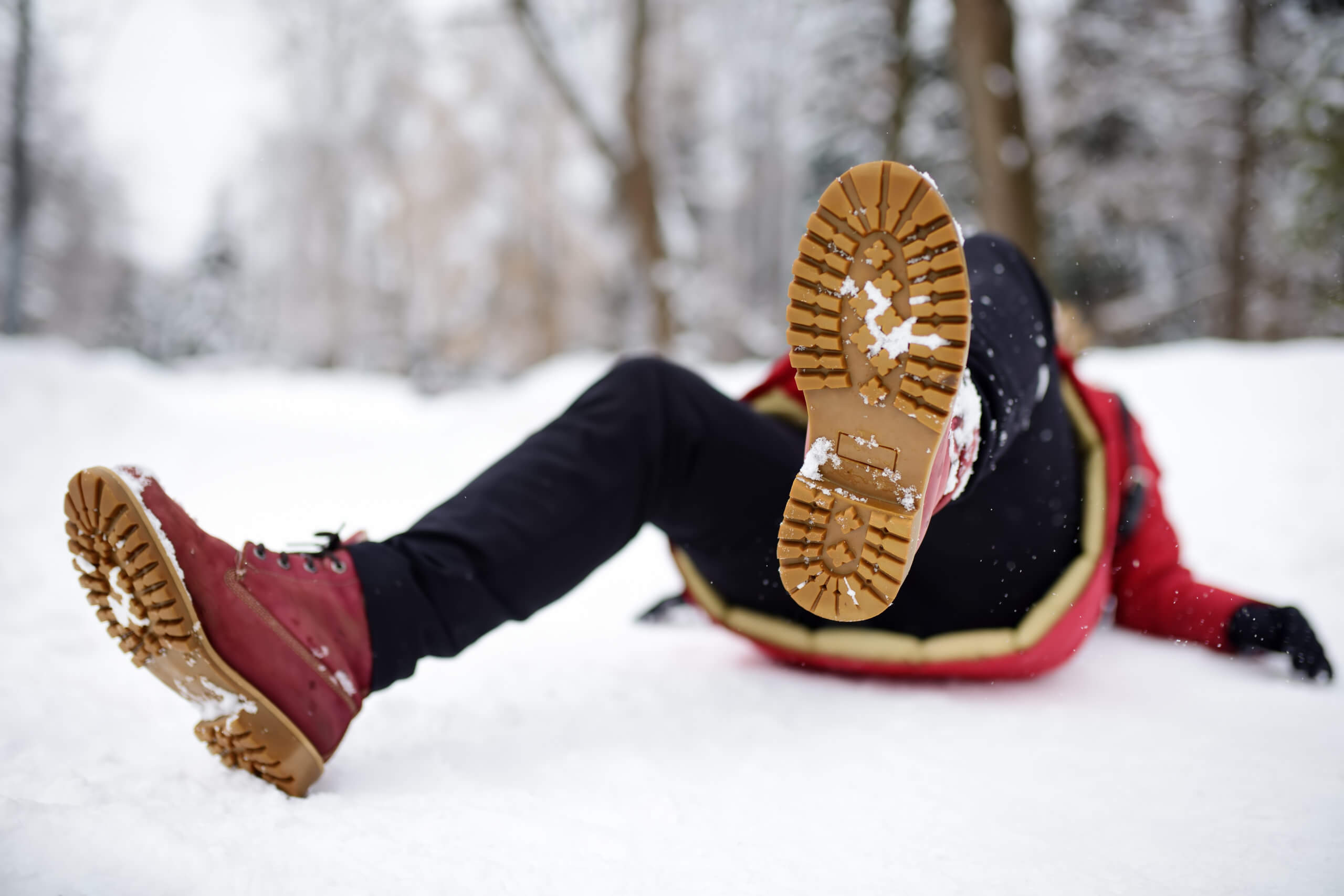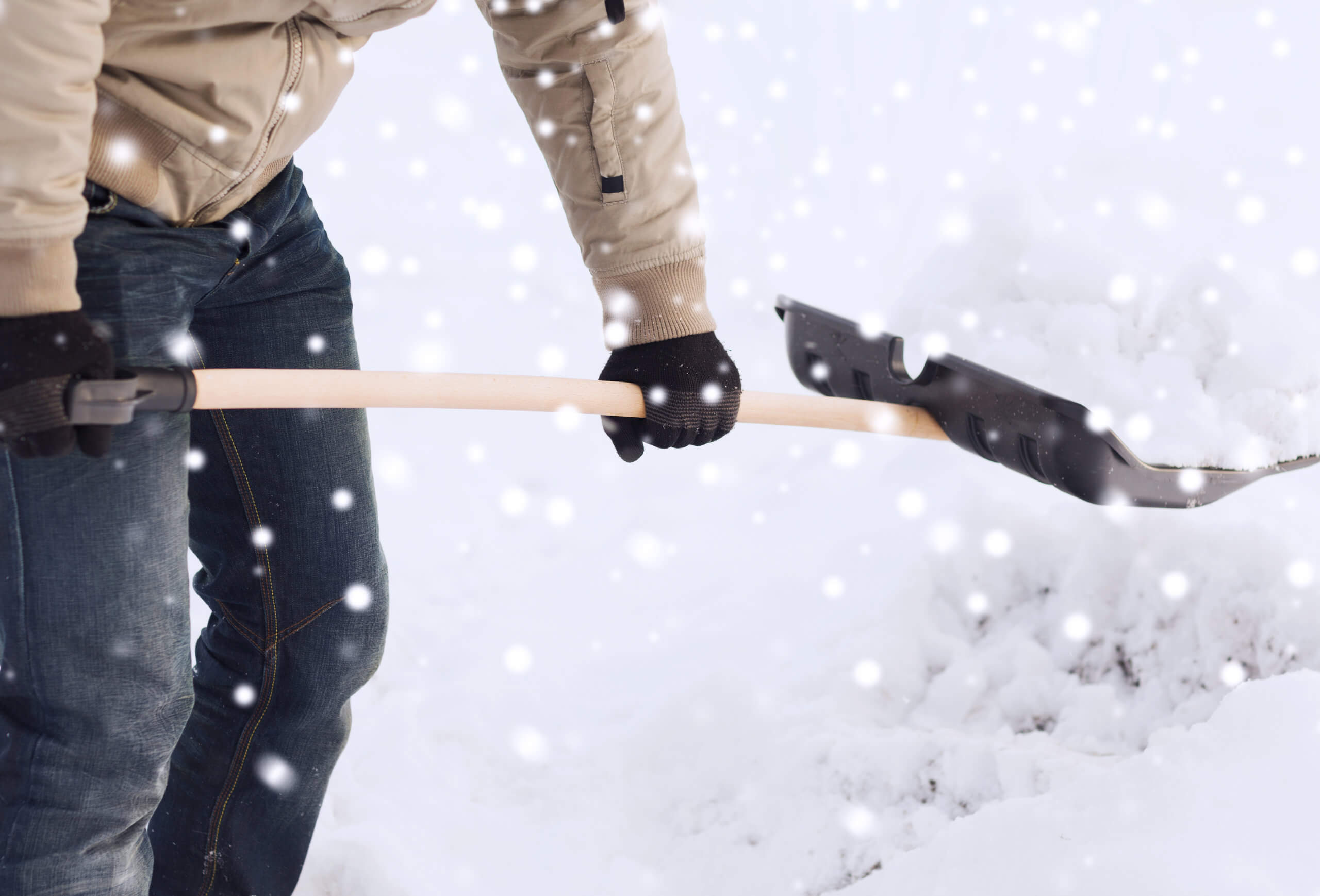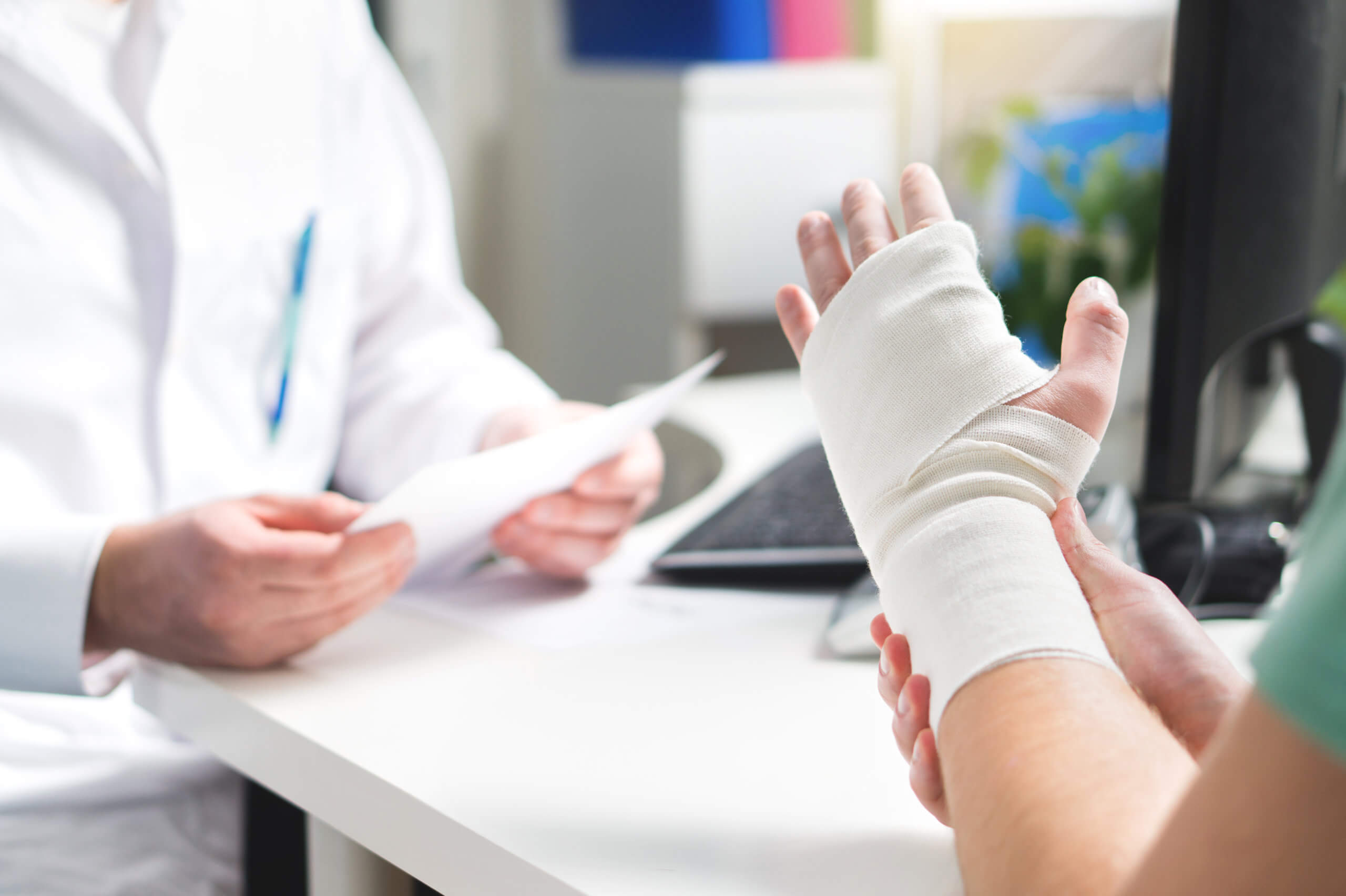6 Ways to Avoid a Slip and Fall Injury This Winter

Now that Halloween has come and gone, holiday decorations are starting to appear, and you have to spend a few extra minutes scraping frost off the windshield every morning, snow and ice are inevitably on the way. And with the arrival of winter weather comes an increased risk of having a slip and fall injury.
Statistically, you are most likely to experience a slip and fall injury between December and March. In fact, more than half of all these injuries take place during that time. It doesn’t take much to lose your footing on a slick sidewalk or driveway, and the next thing you know, you have a severe injury.
But, slipping on ice is not the only cause of injuries during the winter. Shoveling snow is also a leading cause of injuries and emergency room visits because of falls or overexertion. Regardless of how you are injured, South Island Orthopedics is here to help you make a full recovery from winter injuries — and prevent them from happening at all.
The Most Common Slip and Fall Injuries
If you are lucky, the only thing that will get hurt when you slip on ice or packed snow is your pride. Not all falls result in an injury, thankfully, and you might only have a sore bottom or hip for a few days.
However, the CDC reports that one out of five falls causes a significant injury, including:

- Hip injuries (falls cause 95% of broken hips)
- Head injuries
- Sprains
- Knee and elbow injuries
- Back injuries
- Bone fractures, in particular the wrist and forearm, as well as the ankle
The most common injury caused by slipping on ice is a sprained or fractured wrist because the natural inclination when you fall is to catch yourself.
Even if you don’t fall, you can hurt yourself shoveling. Muscle strains and sprains, particularly in the back, are common. And while people over age 55 are at a greater risk of cardiac-related problems caused by overexertion while shoveling, younger people are typically injured because they aren’t using the shovel correctly. People under age 18 are more likely to end up in the emergency room because they were hit by a snow shovel and have a cut, broken bone, or bruise.
When to Seek Medical Treatment
So how do you know whether you need to see a doctor and when you should just head inside and rest for a bit?
If you cannot walk or your arm or leg is deformed (indicating a broken bone), getting urgent medical treatment is a must. If you fall on your back or tailbone and have numbness or tingling in your legs, head to urgent care or the emergency room to have it checked out. The same goes if you hit your head. You may have a concussion, so seek immediate medical care if you have:

- Headaches
- Nausea or vomiting
- Blurred vision
- Difficulty concentrating
- Numbness or weakness in your limbs
Otherwise, you may be able to take a “wait and see” approach to injuries. Of course, any time you’re concerned and want to rule out a fracture or other major injury, you should see a doctor. But, in many cases, minor injuries will heal on their own with rest and over-the-counter pain relievers. It’s normal for some injuries to swell and bruise, especially ankle injuries, but if you don’t see improvement or the pain worsens after a few days, then see an orthopedic doctor to rule out a more worrisome problem.
Avoiding Winter Injuries
The best way to manage a slip and fall injury is to prevent it from happening in the first place. Certain factors, like your age, the medications you take, and how well you can see all increase your risk, but studies also show that those who have previously fallen — and have a fear of falling — are more likely to fall.
With that in mind, there are some things you can do to avoid shoveling injuries and slipping on ice.
Assume every surface is slick. Even when the snow has been cleared, and surfaces look safe, there may be patches of ice. Always assume that sidewalks, parking lots, driveways, and steps are slippery, and take care.
Walk slowly. Being in a hurry and rushing around can increase your risk of falling. Slow down and take care, especially when there’s snow on the ground.
Dress appropriately. It might seem harmless to grab the mail or pick up the newspaper in the driveway in your slippers, but it’s much easier to take a tumble when you aren’t wearing proper footwear. Not to mention, if you are immobilized if you fall, your risk of injury from exposure increases if you aren’t dressed warmly.
Treat icy patches. Keep your walkways and driveway safe by spreading sand or kitty litter to increase traction.
Take breaks when clearing snow. If you are outdoors shoveling snow, take frequent breaks to prevent overexertion. Don’t forget to stretch before you start, and stay hydrated.
Use proper shoveling technique. To prevent back and shoulder injuries, move only small amounts of snow at a time and keep the shovel as close to your body as possible. Try coating your shovel with some non-stick cooking spray before you begin. The snow will slide off easily, reducing your workload.
Get Help for Winter Injuries
Sometimes, even when you take precautions, injuries occur. When they do, South Island Orthopedics’ team of board-certified orthopedic specialists is here to help, whether you have a sprained wrist or a broken hip, we have the skills and advanced technology to diagnose and treat your injury and help you make a full recovery.
Our three convenient locations in Cedarhurst, Woodbury, and Rockville Centre make it easy for families in Long Island to access the orthopedic treatment they need when they need it. To request an appointment with one of our providers, click here.
Posted in: Local
